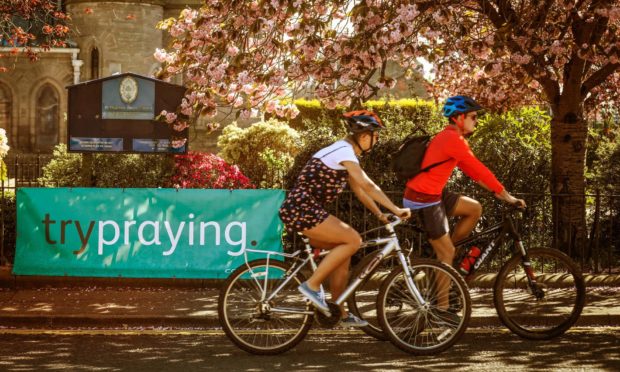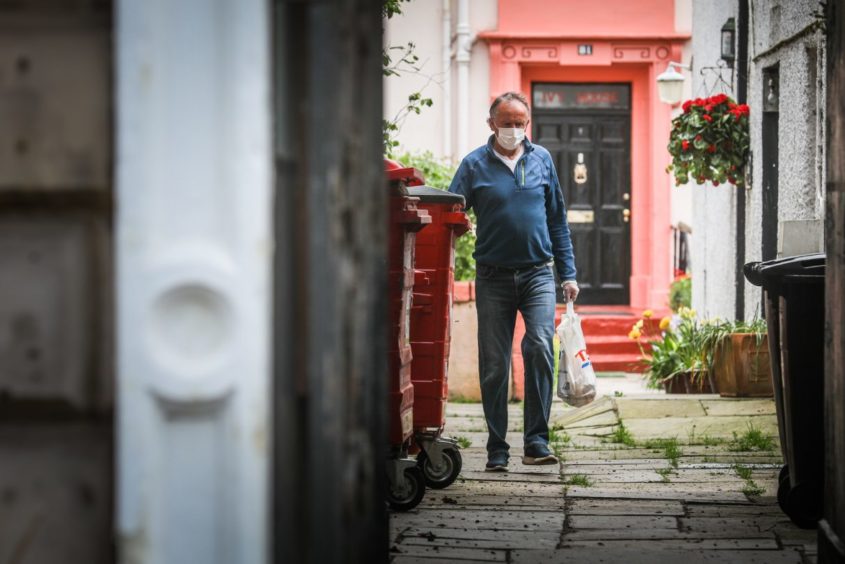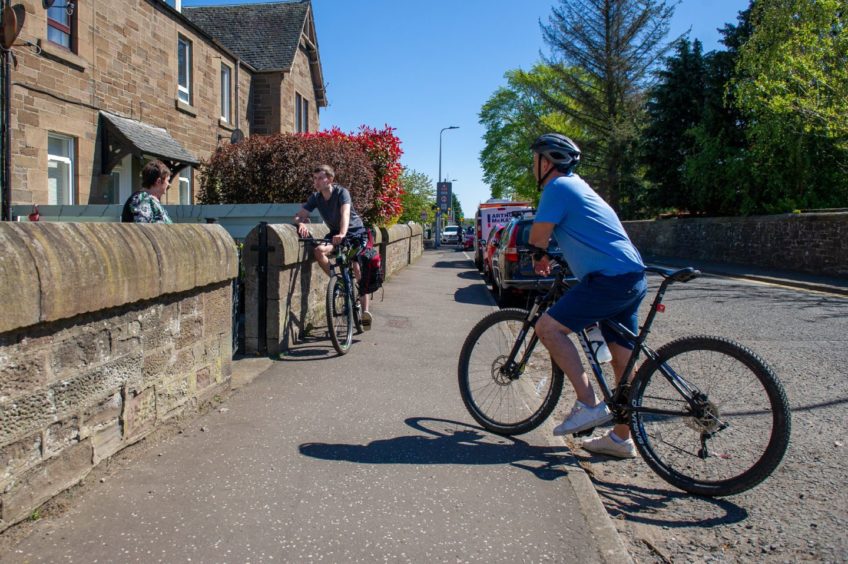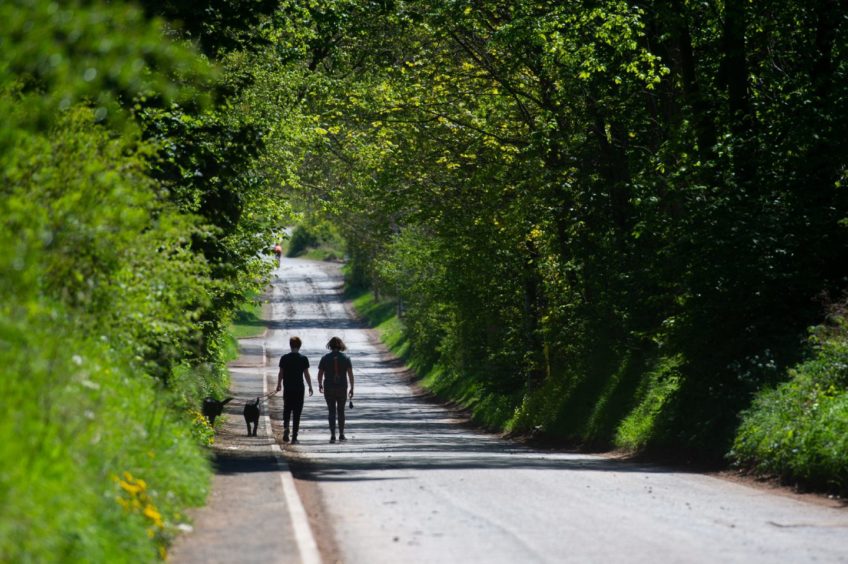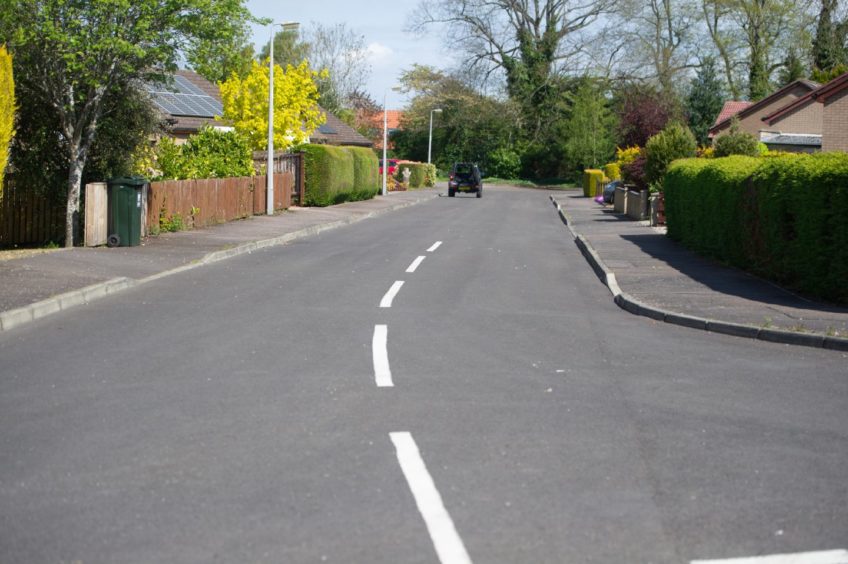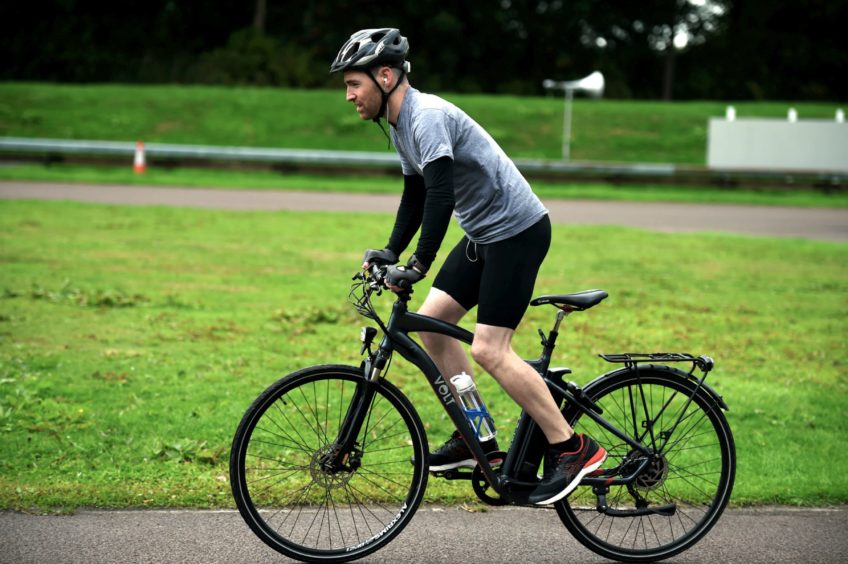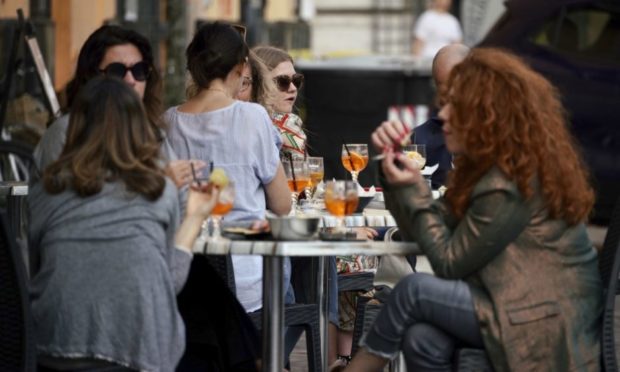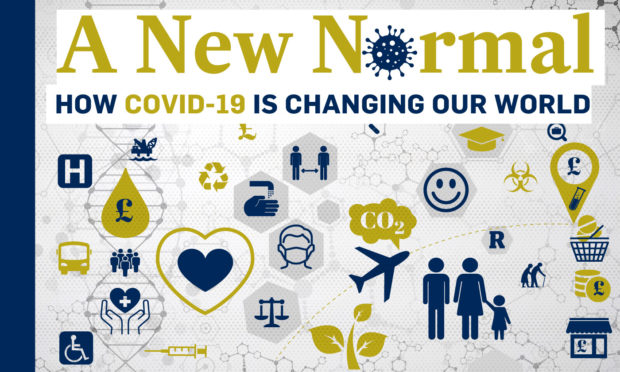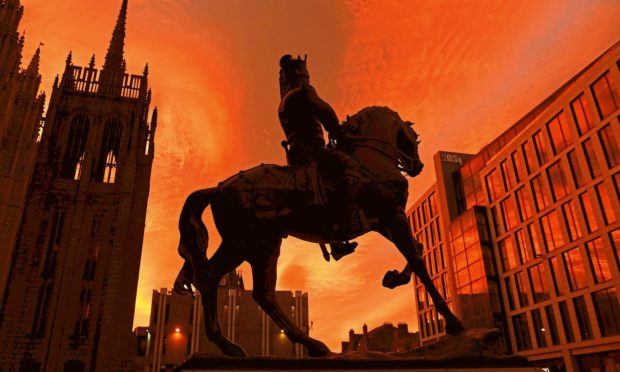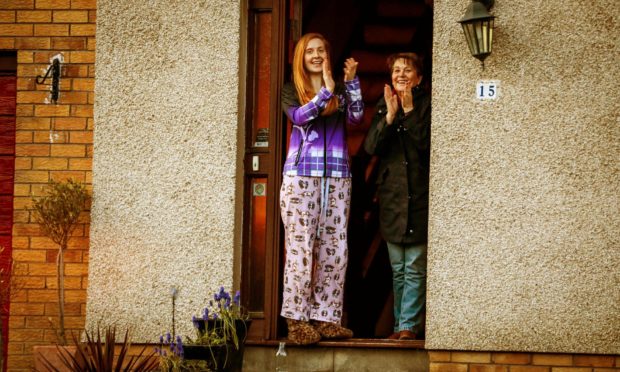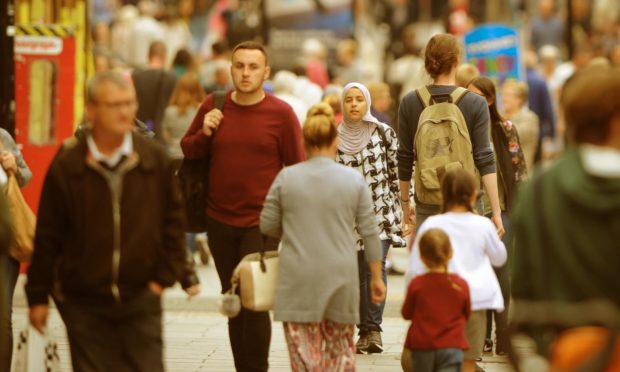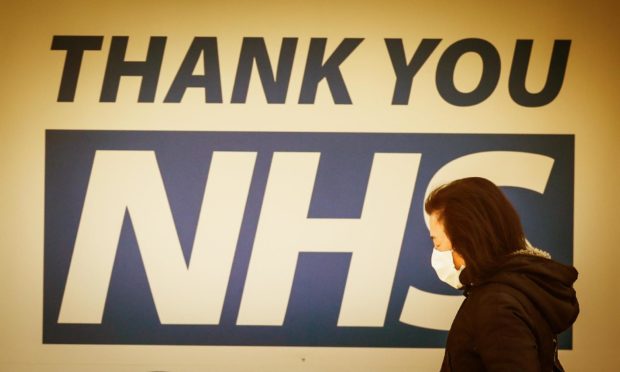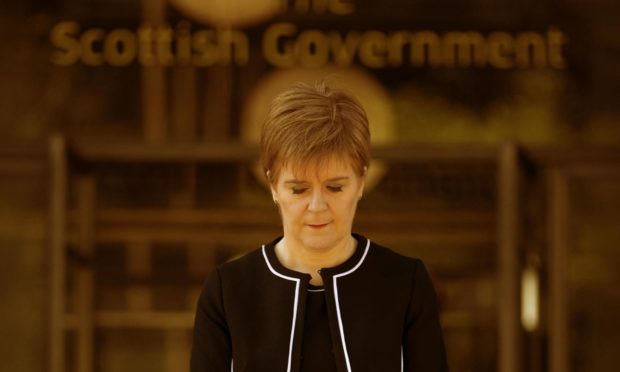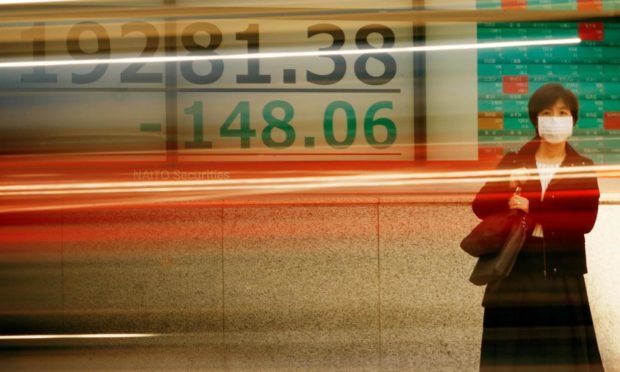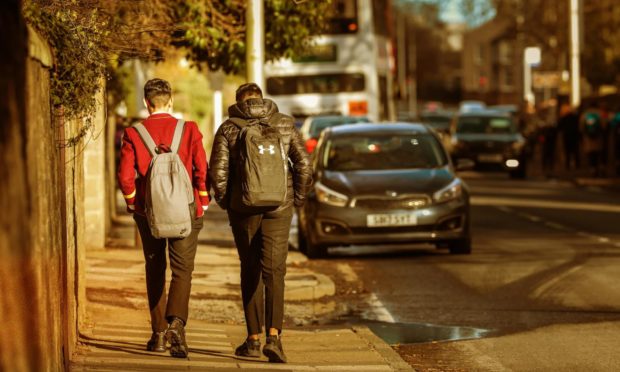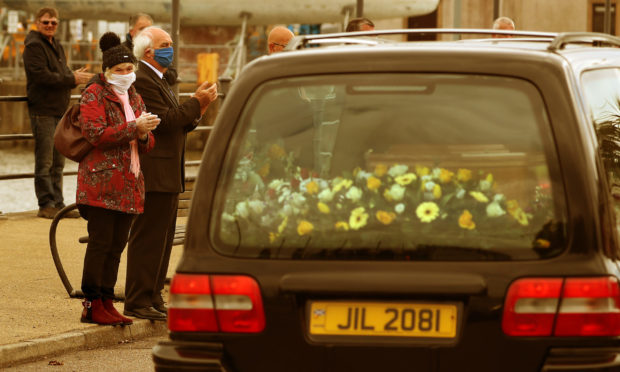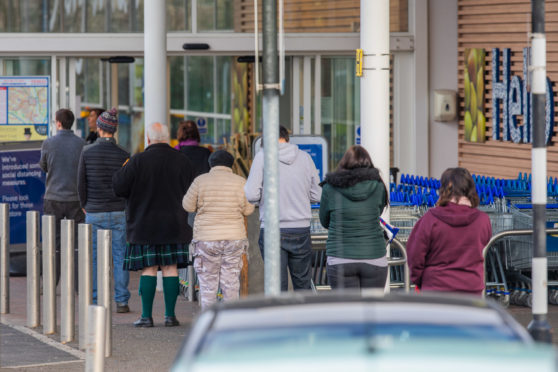It had long been a dream of many town planners and environmental campaigners, but turning the aspiration into a reality was far from a straightforward process in the UK that existed before the pandemic.
Developed in cities such as Melbourne, the idea was to create “20-minute neighbourhoods”, whereby residents could live locally and walk or cycle to almost all the essential services that they needed to access each day, including schools and shops.

It was the number one demand of the charity Sustrans in a manifesto it had produced for the UK general election in December, but the proposal remained largely conceptual in a country where car and van ownership has just topped 40 million for the first time.
Then, almost at a stroke on March 23, the ambition was realised as a result of the nationwide lockdown imposed to to try to halt the spread of the deadly coronavirus.
“With this pandemic, it is like we have been forced to live in that ’20-minute neighbourhood’, through our lockdown,” said Daisy Narayanan, director of urbanism at Sustrans.
“And it’s interesting to see how people are discovering their local areas, so much more now.
“So you are able to walk to your shops that are open, my kids and I are cycling on the streets, which we wouldn’t have been able to do as much of.
“So I think there is a lot of good that is coming out of the way we are living right now that needs to be captured and used to shape what happens going forward.”
There is a lot of good that is coming out of the way we are living right now that needs to be captured and used to shape what happens going forward.”
Daisy Narayanan
By April 23 Scotland’s Transport Secretary, Michael Matheson, had told MSPs that vehicle use had dropped by 75% – while cycling rates had soared by 35% – although car journeys are now thought to have more than doubled in some areas, compared to last year.
With transport being the largest single contributor to the UK’s carbon emissions, the recent transformation has left decision-makers and sustainable transport groups wondering how to ensure the new way of living could last long after lockdown.
In Paris the mayor, Anne Hidalgo, has already based her re-election campaign on the phasing out of cars and the creation of a “15-minute city”.
Closer to home, Mr Matheson urged local authorities in Scotland to apply for a new £10 million fund that was being established to quickly create temporary cycle lanes and walkways, and he has since increased the value of the scheme to £30m.
Ministers also paused plans to introduce new “low emission zones” in Aberdeen, Dundee and Edinburgh this year in order to review whether they can be designed differently, amid promises that the government would be “bold in our actions to reset the system to meet our climate change ambitions, reduce inequalities, improve our health and wellbeing and deliver sustainable economic growth”.
AUDIO: Listen to the ‘New Normal’ series writers discuss their findings in this special Stooshie podcast
Ms Narayanan said: “Just before the world turned upside down, there were already policies in place and discussions in place to make sure we could be as sustainable as possible to meet the climate crisis.
“So in a sense what has happened since then has accelerated some of those discussions and policies.”
She added: “Then there is the medium to longer-term outlook, so when lockdown starts to lift, what kind of place do we want to be in, and in the long-term, what kind of cities and towns, what kind of Scotland, do we want to see shaped out of this pandemic?
“There has been a lot of discussion and it has been quite interesting to see how collaborative those discussions have been
“For me, this cannot just be about a transport solution or just a public health solution, this is a real opportunity for that cross-collaborative work.
“So public health and transport and planning, how can it all come together? The economic recovery as well, how can it all feed into this?”
Adrian Davis, a former public health doctor who is now professor of transport and health at Napier University’s Transport Research Institute, said those in power must not waste any time if they are to seize their historic chance to change direction.
“Now provides a great opportunity to build on the positive habits that we have started to see, and that means doing much more than the little pop-ups that we’re going to get,” he said.
“There will be, over time, more authorities putting in lanes and facilities to widen pavements and put in cycle lanes, and some of them hopefully will become permanent if they are successful, because we have to reallocate road space.
“That has been stated for donkey’s years, because the number one deterrent to walking and cycling more is perceived – and probably actual – traffic danger.
There are some great opportunities here and it might be the last time for homo sapiens to get it right on a global stage, with Scotland doing its bit.”
Professor Adrian Davis
“The politicians seem to be saying roughly the right things, but the speed of change is probably the challenge.
“Because Scotland is, in a perverse way, fortuitously behind England, at least in terms of being under lockdown for a bit longer, this gives us a chance to put in place the measures that help us feel confident to choose to walk and cycle.”
Prof Davis said the benefits of enabling the population to walk and cycle more were not only environmental.
“We could probably get a much, much fitter population. It’s always in times of hardship that we get a fitter population,” he said.
“We had the fittest population, as far as we’ve ever been able to measure it, after the Second World War.
“It saves the public purse a hell of a lot of money in the short to medium term.”
The prospects for a permanent cut in car use might be enhanced by another consequence of the pandemic, with many businesses and staff now expected to continue to opt to work from home, long after the lockdown has eased.
But the virus has also created a significant obstacle in the battle against climate change.
Mr Matheson has said that capacity of the nation’s public transport system could be initially kept down to between 10% and 25% of pre-virus levels after the lockdown restrictions are eased, amid ongoing social distancing rules and concerns about the potential spread of the infection.
The transport secretary has also urged passengers to wear face coverings and avoid peak periods, but the speed of the recovery of the network remains in doubt.
“The tricky period, at the moment, while coronavirus is at large, is the challenge we have with public transport,” said Prof Davis.
“It’s one of the really big problems about how you keep public transport going and viable without continuing subsidy, for example, and that’s a huge challenge.”
In the Chinese city of Wuhan, where the virus first emerged, a lingering reluctance to use public transport has been matched by a significant recent rise in car use.
Ms Narayanan said: “I think we have a chance now to make sure that doesn’t happen here, because you can’t swap lockdown for gridlock.
“Because if everyone jumps into their cars, that is exactly what will happen.”
Maggie Bochel is a former head of planning and sustainable development at Aberdeen City Council who now runs the Aurora consultancy and also serves as vice-chairwoman of the north-east’s transport partnership, Nestrans.
She believes the pandemic has created the “potential for big changes”, including people being more likely to move out of cities to more rural areas, or favouring lower-density developments, and she predicts that demand could rise for greener communities that host outdoor gyms and cafes, more allotments and better public parks.
Another shift could be towards the use of a more futuristic form of transport.
“Everybody has been going on about how great the impact has been on the environment, because people aren’t travelling as much, but all of a sudden Boris Johnson is saying ‘you can go back to work but don’t use public transport’,” she said.
“I was thinking about how you can keep that positive impact on the environment, and people feeling safe in their own little bubble, and it would be to have something like autonomous electric cars, or even just electric cars.
“Because then people will have their little bubble but it’s not mass transit, which is what people seem to be scared of.
“So instead of having delivery vans or taxis picking people up, you would just get in your autonomous vehicle, so you don’t have to worry about whether your passenger has coronavirus or your driver has coronavirus.
“You just get in your auto car that just turns up at your door and you get it in and it takes you where you want to go.”
Ms Bochel added: “This (pandemic) feels like this is the type of thing that might trigger some of those things actually happening, rather than just being talked about.”
Prof Davis, who admitted that the switch to walking and cycling would not be practical in rural areas to the same extent, highlighted a potential rise in the use of electric bikes.
“On the edge of this there is the really important role to play by electric bikes, because there really is a revolution starting in electric bike take-up as prices go down,” he said.
“The distances people can do on an electric bike is quite staggering, in the sense you can do a 15-mile each way trip easily. A battery might last you 90 miles now.”
There really is a revolution starting in electric bike take-up as prices go down.”
Professor Adrian Davis
He admitted that “a lot of people are just going to laugh if you say they could move from a car to an e-bike”, and that it would remain only an option for a “small number of people until their peers listen” to what that group of enthusiasts is saying.
And on electric cars, Prof Davis said: “The electrification of vehicles is a temporary solution for human beings.
“It’s not a long-term one, because we can’t mine and deal with the grid problems that we have at the moment.
“The mining thing is about lithium and other precious metals. There isn’t enough in the world for everyone to have an e-vehicle.”
While Sustrans and others have long been urging policy makers to prioritise commitments to increase walking and cycling rates for shorter journeys in urban areas, Prof Davis said it was “the long-distance stuff that really messes transport up”.
“Dare I mention High Speed 2? It’s this idea of what is called hyper-mobility – people being able to travel really long distances,” he said.
“Well, we are now questioning, is there actually any need for that?
“Instead of going to that meeting in London, you could have done it by Zoom or whatever. You wouldn’t have lost that much.
“I think we have to open our minds to the possibilities that we can do things, and we can achieve the things we’ve already said, policy-wise, in Scotland that we are setting out to do.
“We could become a much more active nation and massively reduce health costs. And we could really go a long way to meeting those carbon energy targets.
“So there are some great opportunities here and it might be the last time for homo sapiens to get it right on a global stage, with Scotland doing its bit.”
